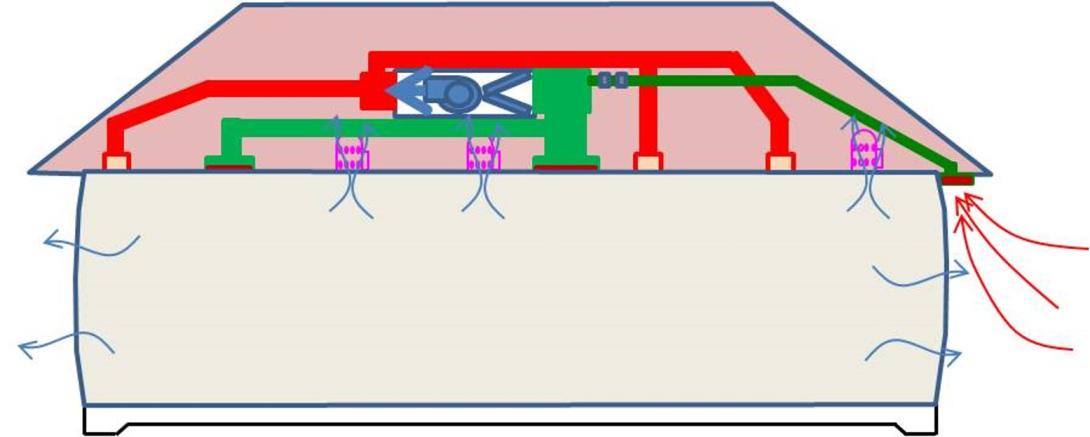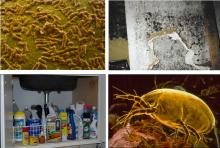Indoor Air Quality
Indoor air quality in buildings in negatively affected by many contaminants that occur naturally and that are introduced by humans. Some examples of contaminants are carbon monoxide, volatile organic compounds, radon, particulates, dust, bacteria and mold spores. This training module describes how to identify and minimize pollutants to improve indoor air quality in buildings.
Curriculum
-
Remember
View SourcesSources- Identify pollutants that can impact indoor air quality
-
Identify which energy improvement measures can impact indoor air quality
: Energy Improvements that Can Impact IAQLecture Notes
: Pollutants That Can Impact Indoor Air QualityLecture Notes
: Better or Worse IAQ With Air SealingProblem Set
: Pollutants that Increase with Indoor HumidityProblem Set
-
Understand
View SourcesSources- Consequences of elevated levels of indoor pollutants
: Illnesses Related to Poor Indoor Air QualityLecture Notes
: Common Denominator for Poor Indoor Air QualityProblem Set
Teaching Materials

HVAC Whole-House Ventilation
Whole-house ventilation systems use one or more fans and duct systems to exhaust stale air and/or supply fresh air to the house. By providing a continuous supply of fresh air, these systems dilute potential contaminants throughout the home.
Whole-house ventilation systems meet the ventilation levels required by building codes or national home performance programs.
Airtight homes save lots of energy, but pollutants can also accumulate if there is not adequate exchange with fresh outdoor air. Local exhaust ventilation (kitchen and bathroom exhaust fans) only run intermittently to remove contaminants near where they are generated. Whether new or existing, all energy-efficient homes require whole-house mechanical ventilation to maintain good indoor air quality.
There are four types of whole-house ventilation systems:
- Exhaust ventilation systems mechanically exhaust air from the house. Makeup air infiltrates through leaks in the building shell and through intentional vents.
- Supply ventilation systems use a fan to pressurize the home, forcing outside air into the building. Air leaks outside through holes in the shell, bath, range fan ducts, and intentional vents.
- Balanced ventilation systems introduce and exhaust equal volumes of fresh outside air and inside air.
- Energy recovery ventilation systems ventilate a home while minimizing energy loss via heat transfer.
